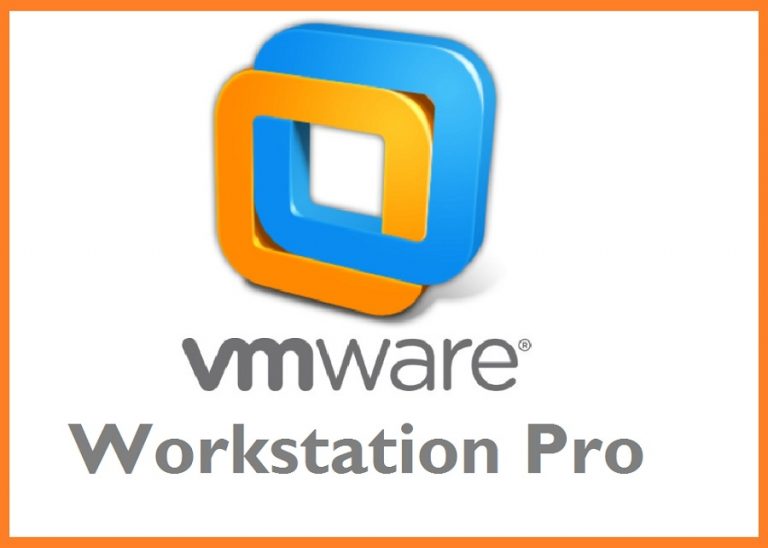
- #VMWARE WORKSTATION PRO 16 GPU PASSTHROUGH DRIVER#
- #VMWARE WORKSTATION PRO 16 GPU PASSTHROUGH WINDOWS 10#
- #VMWARE WORKSTATION PRO 16 GPU PASSTHROUGH CODE#
- #VMWARE WORKSTATION PRO 16 GPU PASSTHROUGH PC#
- #VMWARE WORKSTATION PRO 16 GPU PASSTHROUGH WINDOWS#
#VMWARE WORKSTATION PRO 16 GPU PASSTHROUGH WINDOWS#
This has been possible for a while and I have some experience with vGPUs and VDI with hyperv that Windows uses.

NB it is possible to share a GPU between multiple VMs if it supports that use case in NVidia land, GeForce GPUs can only be passed to a single VM, but Tesla GPUs can be shared across multiple VMs such that each VM gets a share of a real GPU, a bit like CPUs are shared in "normal" virtualisation. The exception to this could be something like Proxmox, which I'm fairly sure can run headless, you administer it via a web interface. If not, and you wanted to pass a dGPU to a VM for any of the reasons I've outlined above, then yes, you'd need to add a second GPU to your system to have something for the host OS to use. If you have an Intel system you likely have an iGPU that the host OS can use already.
#VMWARE WORKSTATION PRO 16 GPU PASSTHROUGH DRIVER#
I'm not familiar with virtualisation using Windows as the host OS, it strikes me that if you're more concerned about the peformance of the VMs you might be better off with Linux playing that role instead.Īs I am using a Ryzen system I don't have the option of an iGPU for the host OS, so I am looking into something small, low power and with decent native Linux kernel driver support so I can pass my 1080Ti (or any possible future upgrade) through to the Windows guest.
#VMWARE WORKSTATION PRO 16 GPU PASSTHROUGH WINDOWS 10#
Personally I am looking into this as a way to move to Linux (on ZFS) as my day-to-day OS, with Windows 10 (and eventually 11, and beyond) virtualised and available to use for gaming, photo editing etc. There are equivalent technologies in other virtualisation platforms but I'm not especially familiar with them. The point being here that VFIO is a Linux technology, so this only works when you're using Linux as the host OS. This works via VFIO, which I will not try to explain here, but refer you to this article by SuSE. If set up correctly (see this guide for an example) then you can get basically native performance in the guest OS. In this case it's possible to have the GPU passed through by the hypervisor for the guest OS to use natively.

However, as you might imagine having the hypervisor intervene in this way impacts performance, and so for GPU intensive applications - gaming or other 3D accelerated environments eg CAD, any kind of work where GPU acceleration (eg CUDA or OpenCL) is needed - this is suboptimal or simply doesn't work at all. Many VMs don't need anything more than a terminal output or maybe basic 2D display capabilities. On the upside, this means you don't need multiple GPUs and because everything the guest OS is using is standardised, in theory it can be more reliable. In most cases the hypervisor provides the VM with a virtualised display adapter, which the hypervisor has to manage between the actual GPU hardware in the system and the guest OS. One GPU is required for the Linux host OS and one GPU is required for the Windows virtual machine.So it depends on the use case for the VM(s). The feature is enabled on all GeForce/TITAN GPUs supported in the R465 driver (Kepler and later for Desktop Maxwell and later for Notebook) for Windows 10.ĭo you need to have more than one GPU installed or can you leverage the same GPU being used by the host OS for virtualization? Which GeForce GPUs and Windows OSes support virtualization? GeForce virtualization (beta) is supported on R465 or higher drivers.

Which driver is GeForce virtualization (beta) supported on? If you want to enable multiple virtual machines to have direct access to a single GPU or want the GPU to be able to assign virtual functions to multiple virtual machines, you will need to use NVIDIA Tesla, Quadro, or RTX enterprise GPUs. GeForce GPU passthrough supports 1 virtual machine. What class of virtualization is supported on GeForce GPUs?
#VMWARE WORKSTATION PRO 16 GPU PASSTHROUGH CODE#
#VMWARE WORKSTATION PRO 16 GPU PASSTHROUGH PC#
With virtualization enabled, GeForce customers on a Linux host PC can now enable GeForce GPU passthrough on a virtual Windows guest OS. NVIDIA has enabled GPU passthrough beta support for a Windows virtual machine on GeForce GPUs.


 0 kommentar(er)
0 kommentar(er)
